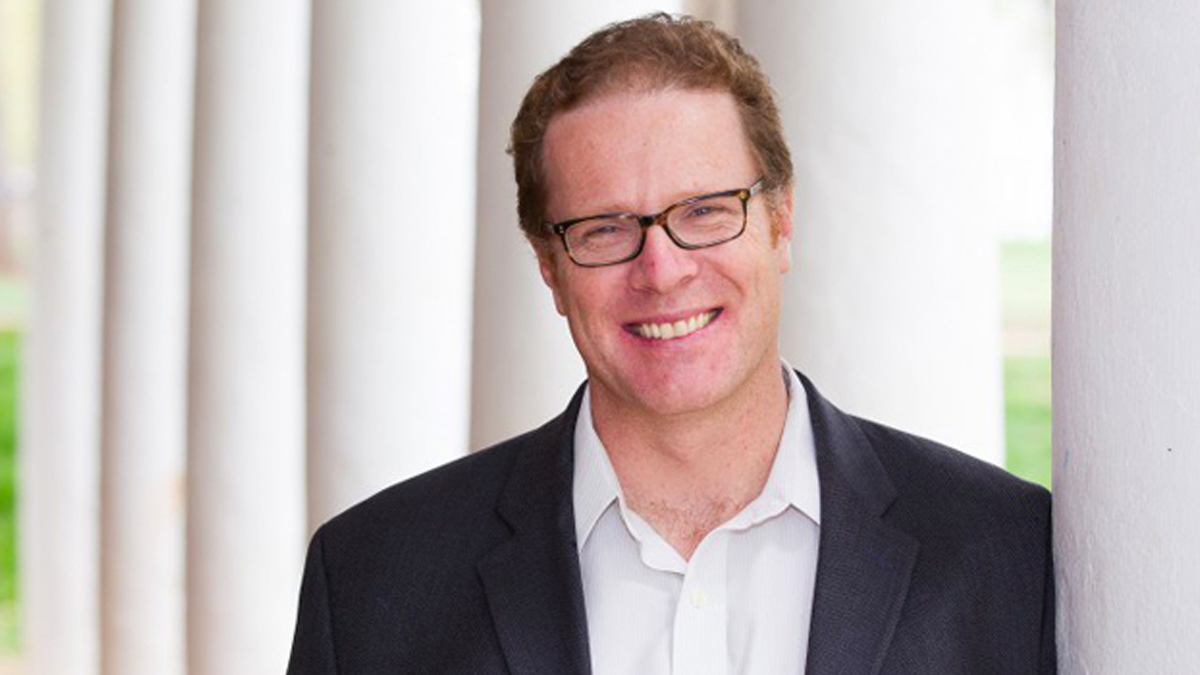
Federal and state agencies spend billions of dollars per year monitoring and enforcing regulations. Private compliance costs triggered by enforceable environmental, health, and safety laws total one half to two percent of GDP per year, or as much as $360 billion annually. While countervailing benefits are challenging to estimate, recent scholarly analyses suggest these total hundreds of billions of dollars per year.
Given substantial public and private expenditures and the large benefits at stake, understanding the effectiveness and cost effectiveness of regulatory interventions for environment, health and safety outcomes is crucial. Professor Jay Shimshack is working with government agencies and businesses to explore these issues. The goal is to better understand which compliance tools work best and maximize social value.
To these ends, Shimshack has a formal partnership with the USDA’s Food Safety and Inspection Service to evaluate tools for assuring compliance with the nation’s meat and poultry oversight programs. Shimshack is working with state environmental protection agencies and the U.S. EPA’s Office of Enforcement and Compliance Assurance to evaluate next generation pollution enforcement tools like information disclosure and third-party certification. Shimshack is co-hosting a series of sustainable business roundtables that bring together corporate directors from large firms, representatives of NGOs and small groups of academics to explore issues like the interface of regulation, compliance, policy and sustainable business.